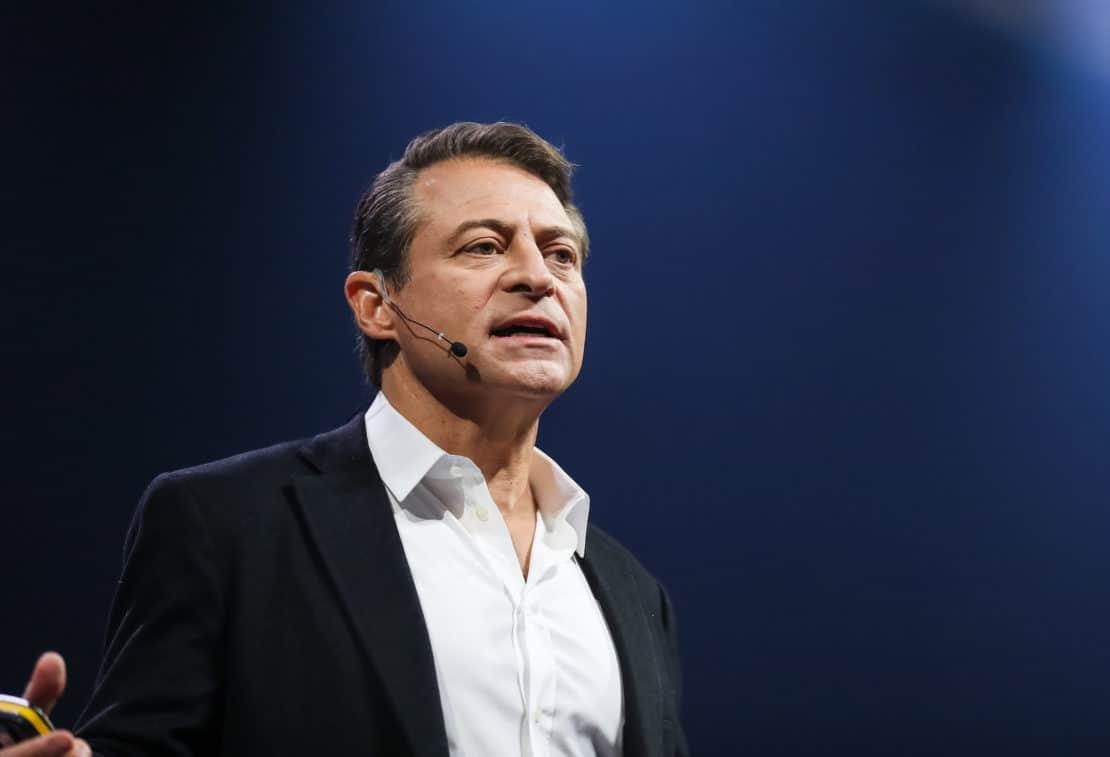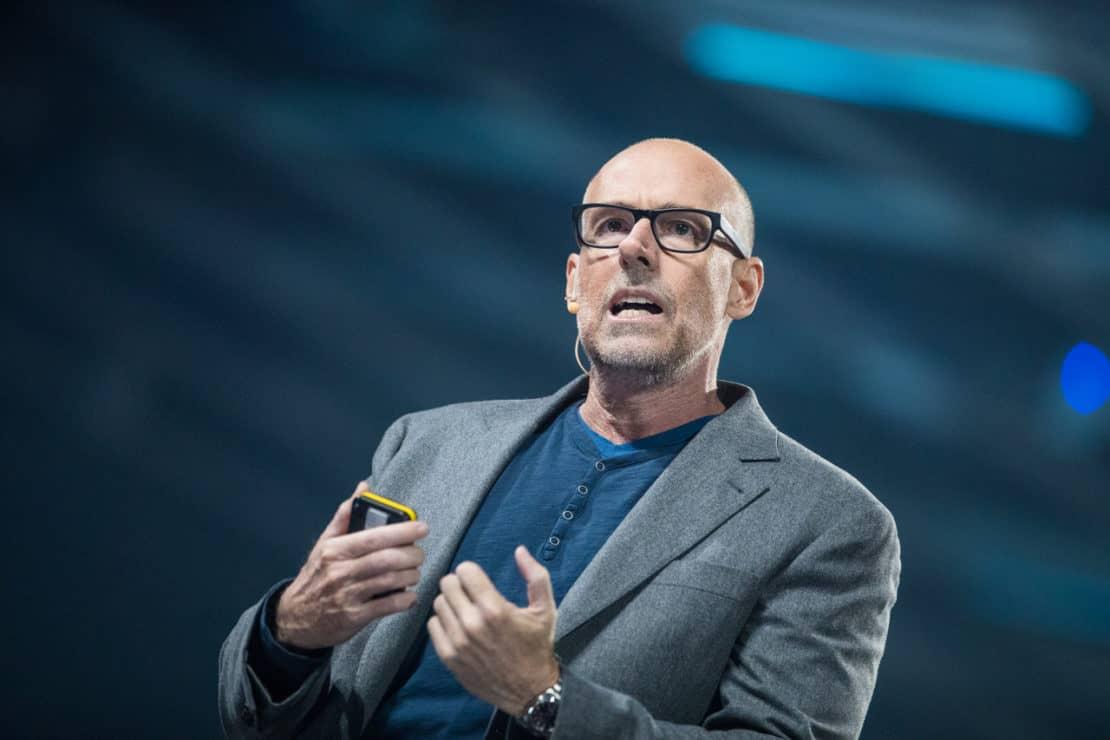5Dec2016
In 2005, Jessica Jackley met Patrick, a brick maker in Uganda. He and his brother fled their homeland when the rebels invaded and settled in an unfamiliar village with the only family they had left. One day, he began digging, first with his hands, then with a stick and then with a piece of metal. He hit clay and realized he could turn it into bricks, so he began to make bricks and sell them. He used his profits to buy tools to make stronger, more uniform bricks and sold even more. He established a business, hired employees and built himself and his brother a brick home.
At the 2016 Nordic Business Forum in Helsinki, Jackley compared this story to that of a woman she met in Tanzania who owned a charcoal business. At first glance, she appeared not to have much, living in a sparse home and wearing tattered clothes. But her books told the story of a profitable business. When Jackley asked about the money, the woman replied she had buried it, fearful of the possibilities that came with increased wealth.
“Why do some people dig and end up building and some people dig to bury treasures?” she asked. “I think it’s because they’ve chosen to believe in this invisible opportunity out there in the future that no one else has seen. They believe in the pursuit, that it’s possible and worth it to get there. They’ve chosen to believe in life that’s lived entrepreneurially.”
She shared Harvard Business School Professor Howard Stevenson’s definition of entrepreneurship: “The pursuit of opportunity without regard to resources currently controlled.” In what she called an “incredibly romantic, beautiful definition,” it doesn’t matter what you have now.
“For me, it’s this groundbreaking, an earth-shattering a-ha moment of disassociating what we have from what we can do in our lives,” Jackley said.
Seeing poverty from a new lens
Jackley had always wanted to help those living in poverty, but it took some time for her to figure out how. She gave her time and money to various causes but began to feel like she could give everything she had, and it still wouldn’t be enough.
As an administrative assistant at the Stanford Graduate School of Business, she absorbed everything around her, sitting in on lectures and speaking with professors. While listening to Muhammad Yunus, the founder of Grameen Bank, speak about microfinance, she found her calling.
“He was talking about people who were smart and strong and hardworking and doing everything right who just didn’t have access to fair capital,” Jackley said. “It was so game-changing for me.”
That lecture spurred her to leave Stanford for the microfinance world. She traveled to East Africa with Village Enterprise, learning the stories of entrepreneurs like Patrick, the brick maker.
“I met people who started with a needle and thread under a tree and now they had an office and capital equipment from that [first $100 loan],” she said. “They were interested in doing things on their own terms, working on their own to bootstrap, lifting themselves out of poverty.”
Building slowly from a solid foundation
She wondered what would happen if she kept in touch with the people she met. If she collected small amounts of money to fund these micro enterprises. In 2004, to kick things off, she and her co-founder, Matt Flannery, chose seven entrepreneurs in Uganda who needed $3,000. She left her cell phone with the goat herder to stay in touch and headed back to the States to crowdfund before crowdfunding was trendy.
“God bless them, our friends and family chipped in,” Jackley said. “My grandma handed me a $20 bill.”
They earned the money quickly and sent it back to Uganda. After six months, all the loans had been repaid, and Jackley knew this could grow into something really wonderful.
She learned that it’s ok to start small to figure out what’s going to work. Spend time getting to know what you want to do and whom you want to serve. Start with one person and grow from there.
“Do not feel embarrassed about starting small,” she said. “Figure out that change you want to make and experiment, iterate. It’s, I think, a really fantastic way to find what works.”
In October 2005, the experiment officially became Kiva, which roughly translates to “nice” in Finnish, although when Jackley chose it, she thought it was the Swahili word for “unity.” She connected lenders with borrowers, sharing the stories of microenterprise with people willing to give $25 to help them get started. In its first year, Kiva facilitated more than $500,000 in loans, and each year it grew. After a decade, Kiva is closing in on more than $1 billion in loans.
Knowing when to say no
Jackley called entrepreneurship a practice, like yoga. She continually asks herself what to pursue and what not to pursue, how to get there and what to disregard. She said that one donor wanted to give Kiva $10 million. Although that money could help a lot of people, getting that much from one donor would disrupt Kiva’s mission of connecting people through lending to alleviate poverty, so Jackley said no.
“It would have clogged the pipeline and taken away opportunities from individuals to donate their $25 and make that connection,” she said. “Know who you are, what you want to pursue and what you’re ok saying no to.”
She closed by emphasizing the importance of perpetuating these stories of possibility and potential.
“The more that you see that in others, the more you believe that for other people, I think, the more you can believe it for yourself,” Jackley said.
This article is a part of the Executive Summary of Nordic Business Forum 2016. Get your digital copy of the summary from the link below.


